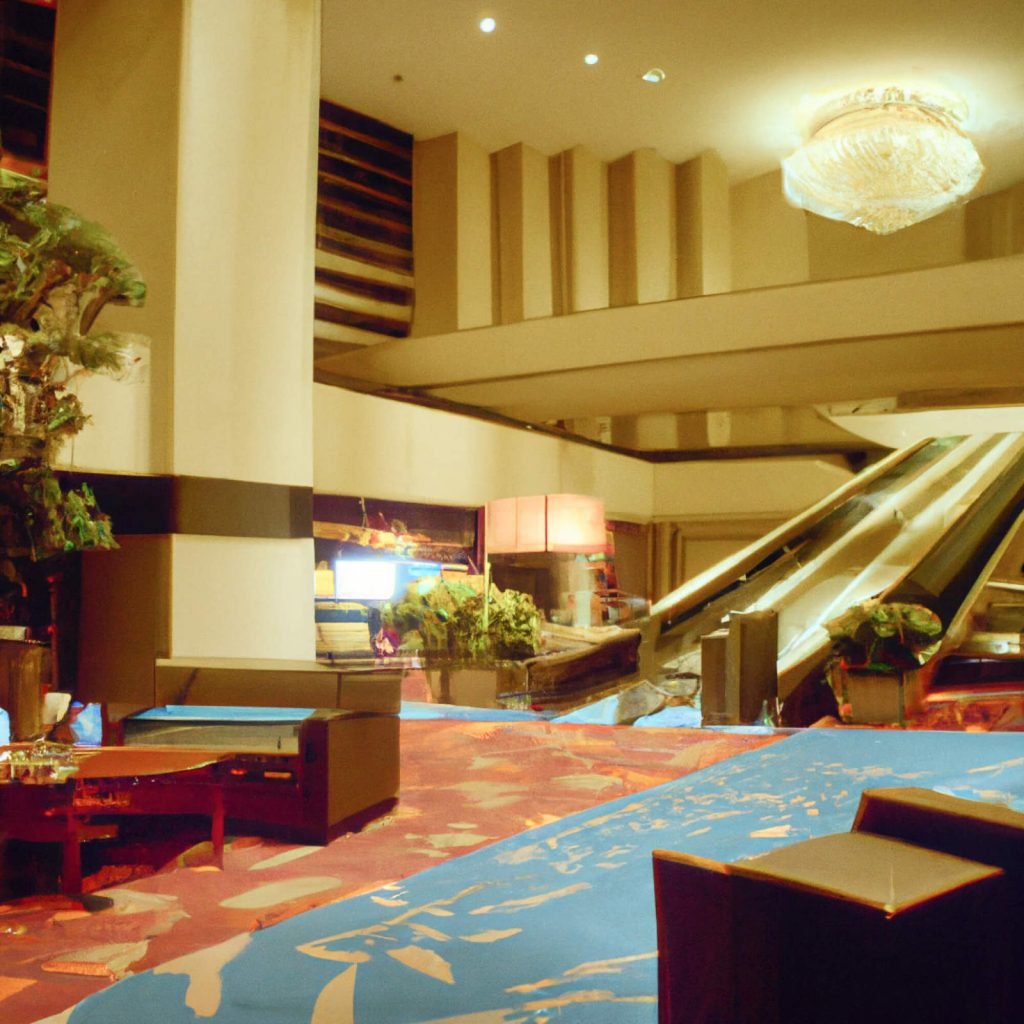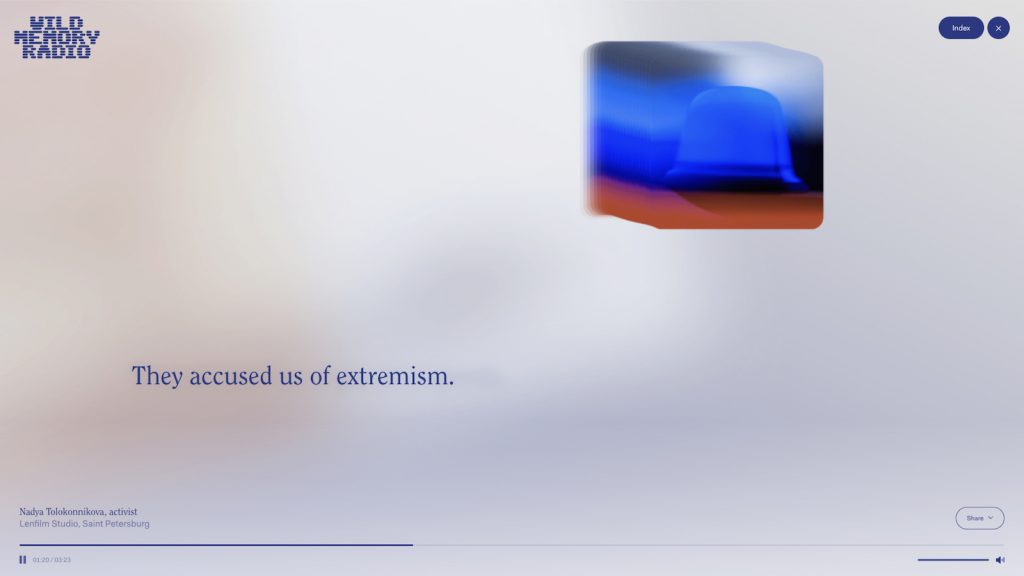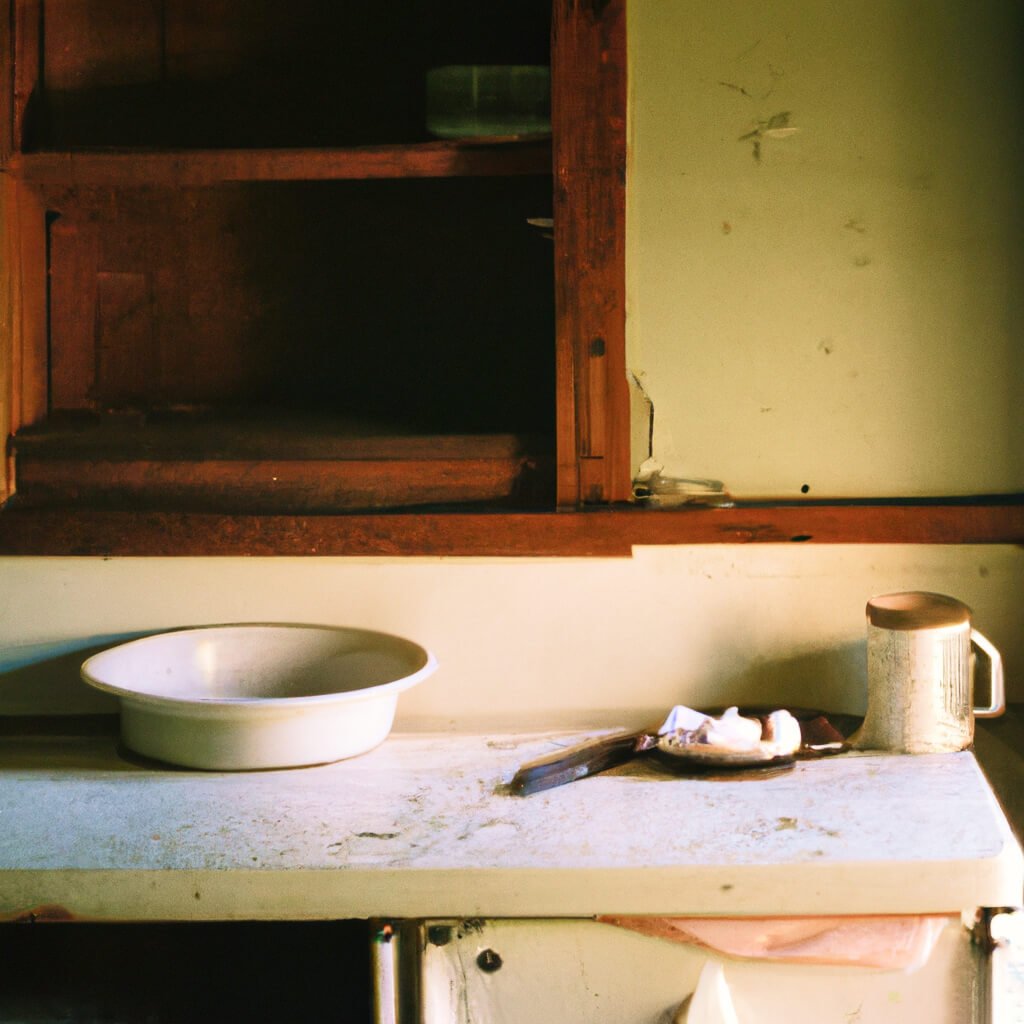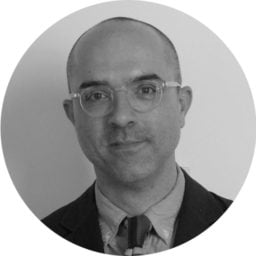Art World
A New Online Radio Project Is Airing Artists’ Recollections of Their Favorite Places
Hans Ulrich Obrist, Nadya Tolokonnikova, Laurie Anderson, and more feature in the multimedia project.

An online radio project launching today brings together human memory and machine imagination, combining spoken contributions from a global roster of influential creators, each of whom recalls a place that is special to them. Imagery has also been generated by the A.I. program DALL-E in response to those recollections.
“Wild Memory Radio” features some 30 prominent musicians, artists, filmmakers, poets, and fashion designers. The roster, in which artists are well represented, ranges from beloved musicians like Devendra Banhart and Andrew Bird, to illustrator Kaitlin Chan and physicist Carlo Rovelli, to poet Kayo Chingonyi and artists like Yuri Suzuki and Gilbert & George.
Wild Memory Radio is created by Paris-based editor and writer Seb Emina with the support of WePresent, the arts platform of file transfer company WeTransfer. Conceived when travel was impossible or nearly so in 2020, the project aims to explore the notion of place, and the speakers refer to locales ranging from Venezuela to Pennsylvania, from South Africa to Antarctica.

An image from “Wild Memory Radio.” Courtesy WePresent.
“I was thrilled when WePresent invited me to develop something with them, given how they’re one of a tiny number of platforms who take on creative experiments like this in a really ambitious way,” Emina said. “Wild Memory Radio takes some long-running preoccupations of mine, like the relationship between place and art, and runs them through the minds of a group of artists I deeply respect. To speak to them in a way that gets at something formative and essential about their practice was a privilege. To give it this sort of machine-eye edge adds a strange and illuminating dimension to the project. My dream is that a few people will seek out the places remembered and listen to them in situ.”
Hyper-curator Hans Ulrich Obrist talks about French writer Édouard Glissant’s influence on him to make mobile, accessible exhibitions. This resulted from a meeting of theirs at Paris’s Café de Flores after the two were introduced by fashion designer agnès b. Shows like “Do It” and “It’s Urgent!” resulted from that fateful conversation.
Artist Ryan Gander recalls the garage of his parents’ house in Chester, England, where he set up what would be his first attempt at a studio, and which, he said, would not live up to anyone’s idea of the romantic image of that setting.

DALL-E’s rendition of an Amish kitchen where Laurie Anderson spent a miserable two weeks. Courtesy WePresent.
Musician Laurie Anderson looks back to the kitchen of an Amish farmhouse in Western Pennsylvania. Overwhelmed by the amount of technology in her studio, she was looking for a calmer place to be. When she saw the placid Amish at a farmer’s market, she struck up a conversation, and ended up, she said with a laugh, spending two miserable, rainy weeks with a family there.
Nadya Tolokonnikova, of Russian band Pussy Riot, describes a day at Lenfilm Studio in Saint Petersburg, shooting a video for their song “Rage.” Hundreds of activists showed up in response to a social media open call; unfortunately, so did the police, who tried to shut them down. The band shot video on their phones in defiance, resulting in a generative and “magical experience.”
WePresent is the same organization that supported an exhibition and free digital zine of previously unseen photos of pop superstar Björk by film director Spike Jonze.
“When Seb approached us with the idea of creating a sort of online museum, we felt it was a unique opportunity to gain intimate access to the formative memories of so many of the world’s beloved artists, which in turn allowed us to understand their creative processes more fully,” said Holly Fraser, VP for content at WeTransfer. “And at a time when the discourse around A.I., creativity and originality is so fractious, we wanted to create a project that looked at that in a layered and more thoughtful way, one that added to the project’s creativity as opposed to detracting from it.”





